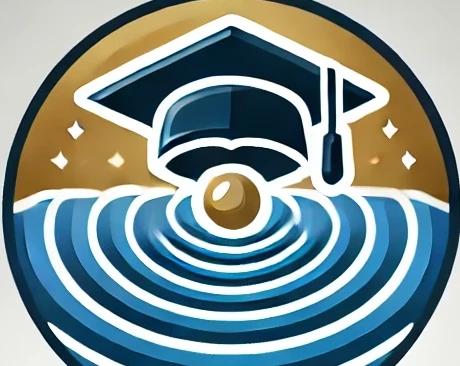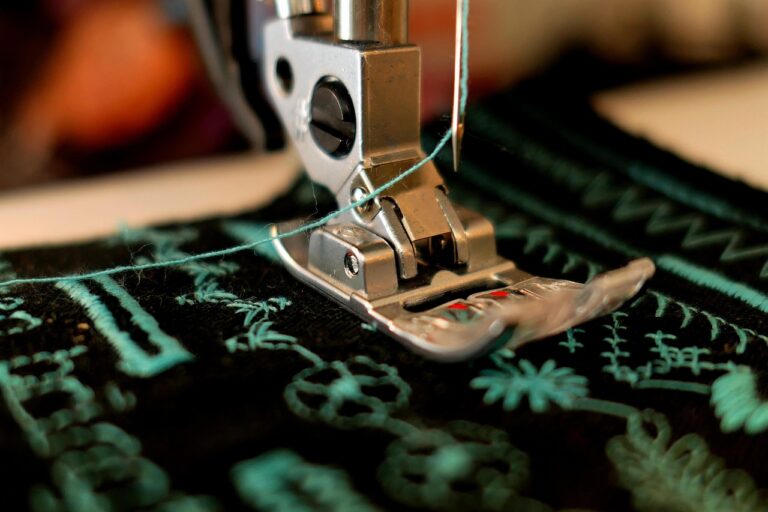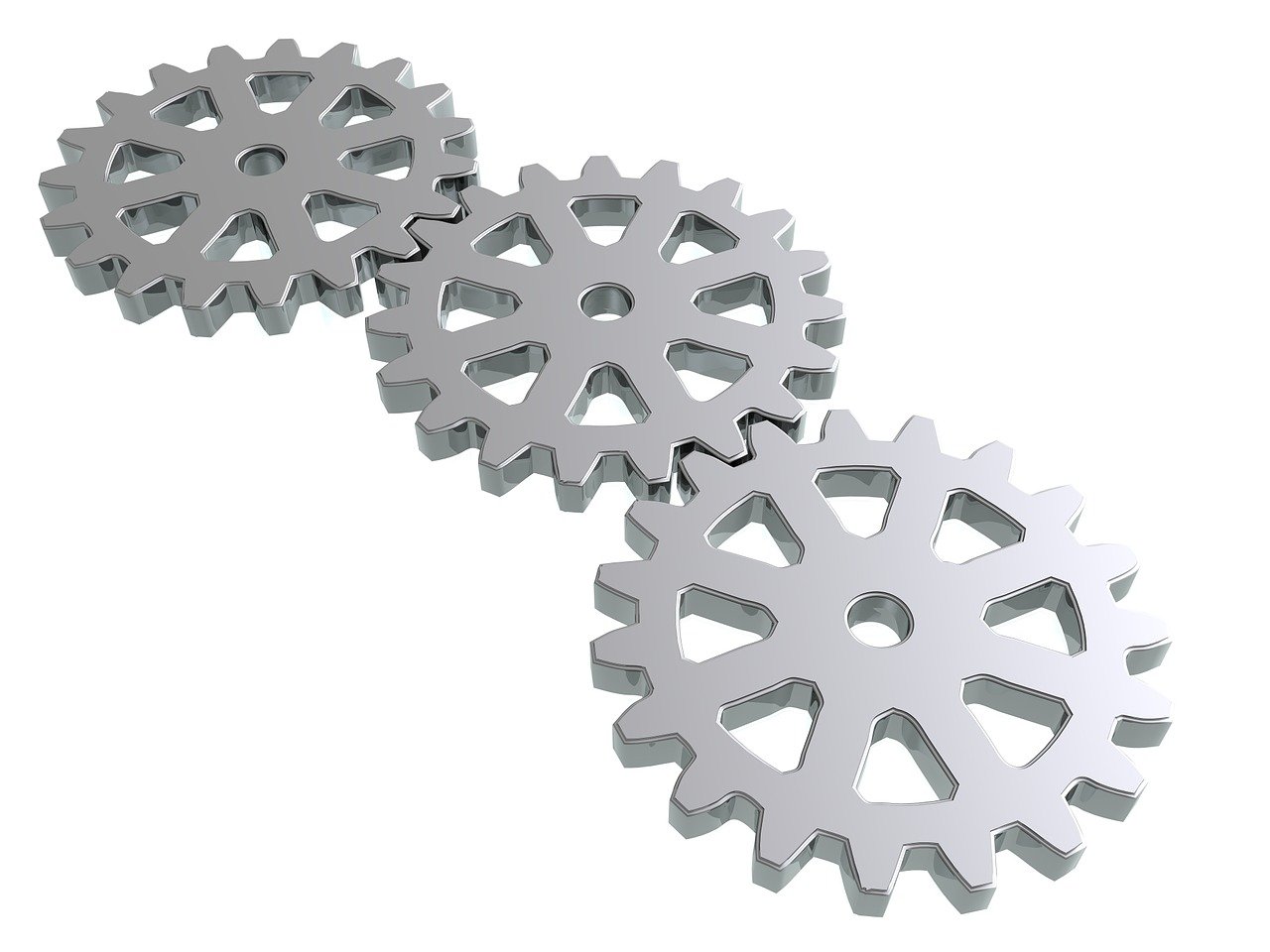Subject: Science
Class: Primary 1
Topic: Safe Use of Simple Machines
Week: 3
Term: Third Term
Duration: 40 minutes
A. Lesson Objectives
By the end of this lesson, pupils should be able to:
Understand the importance of safety when using simple machines.
Identify potential dangers associated with simple machines.
Learn and practice safe ways to use simple machines.
Demonstrate safe use of simple machines in class activities.
B. Instructional Materials
Pictures or models of simple machines (lever, pulley, inclined plane, wheel and axle, wedge, screw)
Safety symbols and signs (e.g., caution, danger)
Flashcards with safety rules
Whiteboard and markers
C. Lesson Content
1. What Are Simple Machines?
As discussed in the previous lesson, simple machines are tools that make work easier. Examples include levers, pulleys, inclined planes, wheels, axles, wedges, and screws. While these machines are very helpful, they must be used safely to avoid accidents and injuries.
2. Why is it Important to Use Simple Machines Safely?
Simple machines can sometimes cause injuries if not used properly. For example:
A lever or wheel could cause fingers to get pinched.
A pulley can lift heavy objects, and if something is not secured properly, it could fall and hurt someone.
A wedge or screw can be sharp, and if mishandled, it could cause cuts.
To keep everyone safe, we must always follow some safety rules when using simple machines.
3. Safety Rules for Using Simple Machines
Here are some important safety rules to follow when using simple machines:
A. Levers
Always make sure the fulcrum (pivot point) is stable before using it.
Do not put your fingers or hands near the pivot or the ends where objects could fall.
B. Pulleys
Never stand directly under a heavy object being lifted by a pulley.
Always check that the rope or string is securely fastened before using the pulley.
C. Inclined Planes
Do not run on ramps or inclined planes as they may be slippery.
Ensure that heavy objects are pushed slowly to avoid them rolling off the ramp unexpectedly.
D. Wheel and Axle
Keep hands away from the spinning wheel to avoid pinching or injury.
Make sure the wheel is stable and not wobbly before using it.
E. Wedges
Be careful with sharp edges of tools like knives or axes. Always hold the handle, not the blade.
Use wedges on stable surfaces to avoid accidents.
F. Screws
Be cautious when using screws, as they can have sharp threads. Do not touch the sharp ends directly.
Always screw tightly, but don’t over-tighten to avoid damaging the material or causing injury.
4. Examples of Safe Use of Simple Machines
Lever: A see-saw at the playground is a type of lever. Children should always use it in a balanced way and not push or pull each other roughly.
Pulley: When using a pulley to raise something, be sure to check that the object being lifted is not too heavy for the pulley to handle.
Inclined Plane: When using a ramp, make sure to hold on to the objects being moved and push them slowly.
Wheel and Axle: Riding a bicycle is a common example of using a wheel and axle. Always wear a helmet for protection.
Wedge: Using an axe to chop wood should always be done with adult supervision, and you should never swing the axe carelessly.
Screw: When using a screwdriver to put things together, be sure to hold the tool properly and never use excessive force.
D. Class Activities
Activity 1: Safety Discussion
Ask the pupils to think of simple machines they use at home or school.
Discuss the potential safety risks associated with each machine.
Talk about how to use them safely.
Activity 2: Safety Poster Making
Pupils will be divided into groups and asked to create safety posters for one of the simple machines.
The poster should include pictures of the machine, a safety symbol, and a safety tip for its safe use.
Pupils will present their posters to the class.
Activity 3: Safety Quiz
Teacher will ask the pupils simple questions about safe use of simple machines.
Example questions:
What should you do before using a pulley?
How can you stay safe when using a lever at the playground?
Why should we wear a helmet when using a bicycle?
E. Evaluation (Assessment)
Ask pupils to explain why safety is important when using simple machines.
Have them demonstrate the safe use of one simple machine (e.g., how to use a lever safely).
Ask the pupils to identify potential dangers with different simple machines and how to avoid them.
F. Assignment
At home, choose any simple machine (e.g., a bicycle, ramp, or pulley) and explain how to use it safely. Draw a picture of that machine and write down the safety rule.
Write 3 sentences about how you can be safe when using simple machines at home or school.
G. Conclusion
Review the importance of safety when using simple machines.
Encourage pupils to always follow safety rules, whether they are at home, school, or outside.
Praise pupils for their participation in activities and reinforce the idea that safety should always come first when using any machine.





